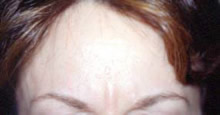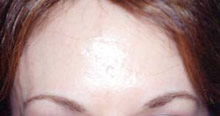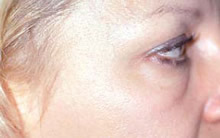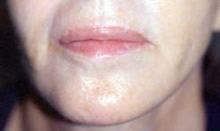Botox Treatment
Home > Health Info > Health Articles

Botox is a cosmetic injection utilize by Botulinum Toxin Type A to treat wrinkles by relaxing facial muscles. Botox was originally slated to treat neurological disorders; today, Botox injections are widely and successfully used to reduce facial wrinkles, especially frown lines, “crow’s feet,” and forehead furrows.
Candidates for Botox Treatment
Good candidates for Botox Cosmetic injections include younger people with facial wrinkles and those who cannot undergo a more extensive plastic surgery procedure such as a face lift. Certain medications may alter the potency of Botox injections, increasing the likelihood of bruising and bleeding. These medications include some antibiotics, anti-inflammatories, and aspirin, as well as some vitamins and herbs. People with neurological disorders should avoid Botox Cosmetic treatment. Also, women who are pregnant or nursing should not undergo Botox treatment, because the effects on the fetus and on breast milk are unknown.
Administering Botox Injections
Using a very small needle, Botox Cosmetic is injected directly into targeted facial muscles. If patients experience any discomfort while receiving Botox injections, it is usually minimal and only lasts a few seconds. Once injected, Botox Cosmetic works by preventing nerve impulses from reaching selected facial muscles, essentially immobilizing them and allowing the skin to relax. This smoothes facial lines and wrinkles in affected areas for the duration of the treatment period. The effects of Botox injections are usually noticeable within a few days. Although the results of Botox treatment are not permanent, they usually last for three to four months. Botox injections are performed on an outpatient basis and may be repeated when the results diminish.
Botox Risks / Side Effects
Botox treatment entails few risks and is relatively safe for most patients. The most common Botox side effects include mild numbness, swelling, bruising, or tingling in the affected area. Most of these side effects will not occur when Botox injections are administered correctly. The patient can help reduce the risk of bruising and numbness by refraining from rubbing or touching the treated area for the first day after Botox injections are performed. A small number of patients report no improvement following Botox treatment. In order to minimize risks, patients should be screened for allergic reaction to Botox before undergoing treatment.
If you are interested in learning more about Botox treatment, contact our dermatologists.
| Before | After |
 |
 |
 |
 |
 |
 |
 |
 |
Share :

